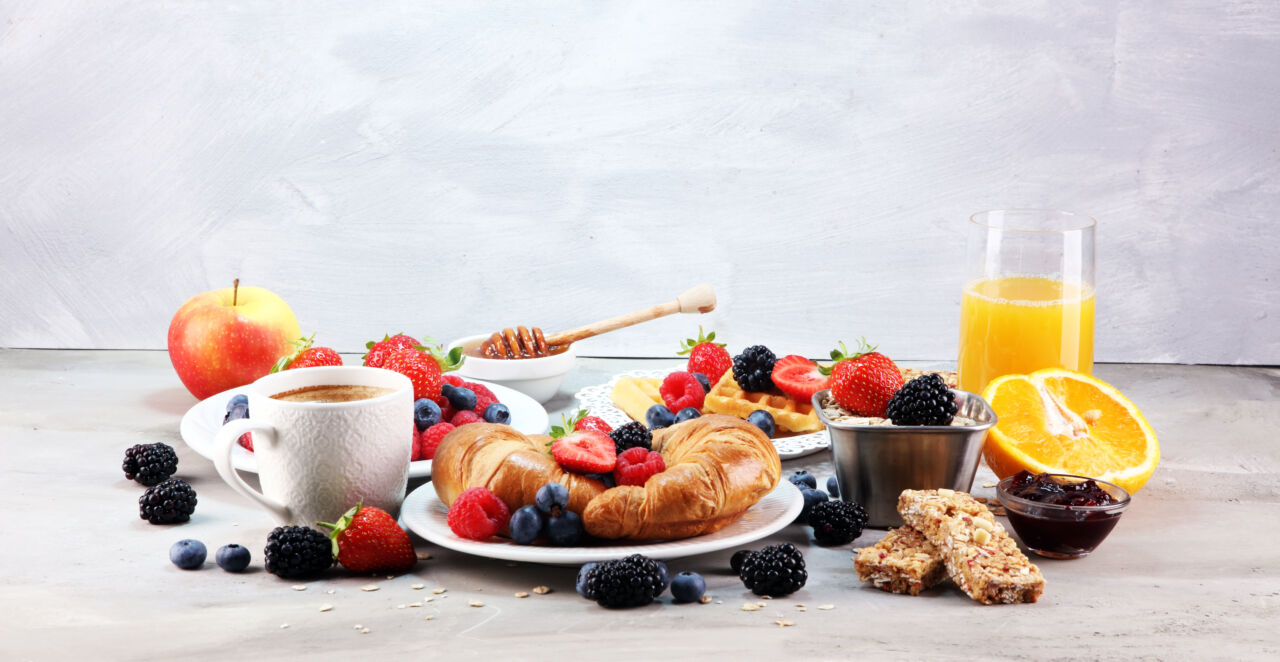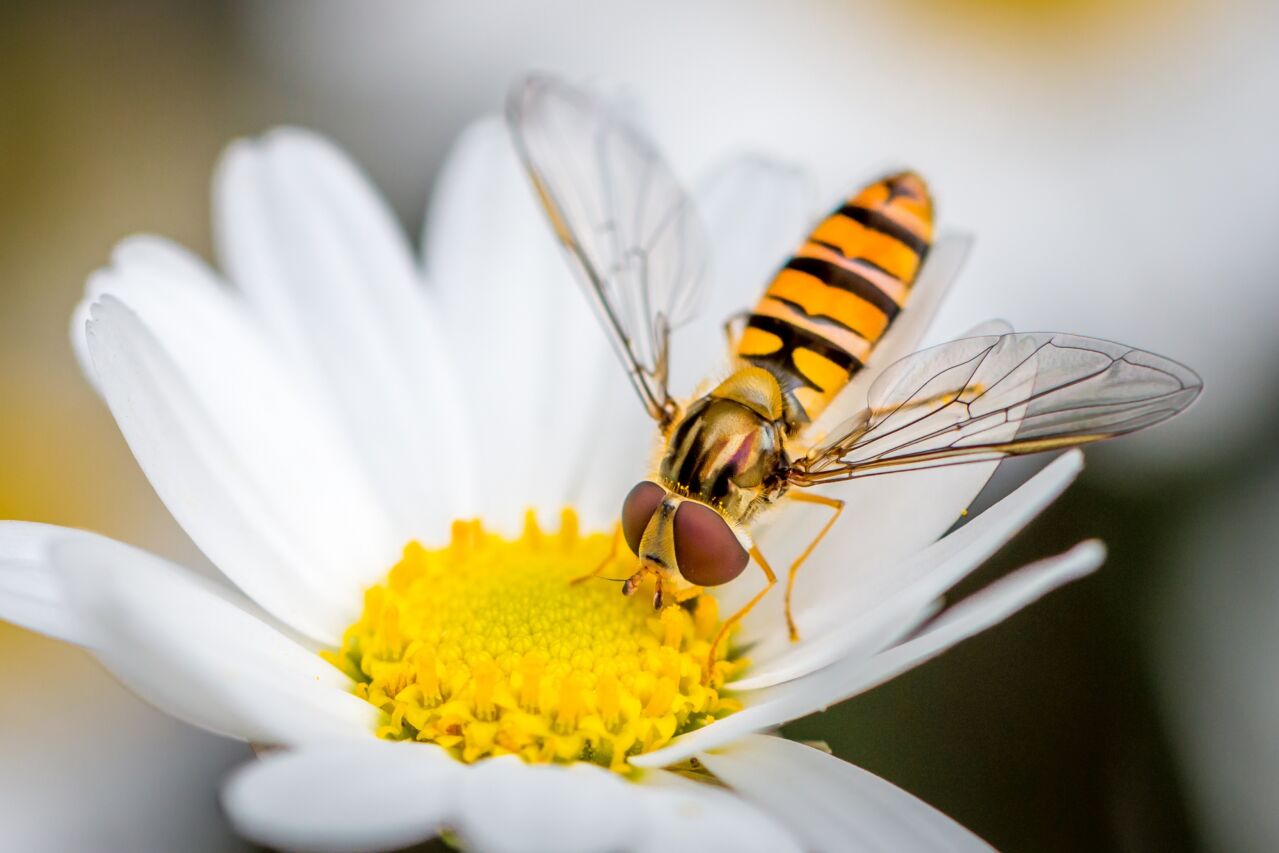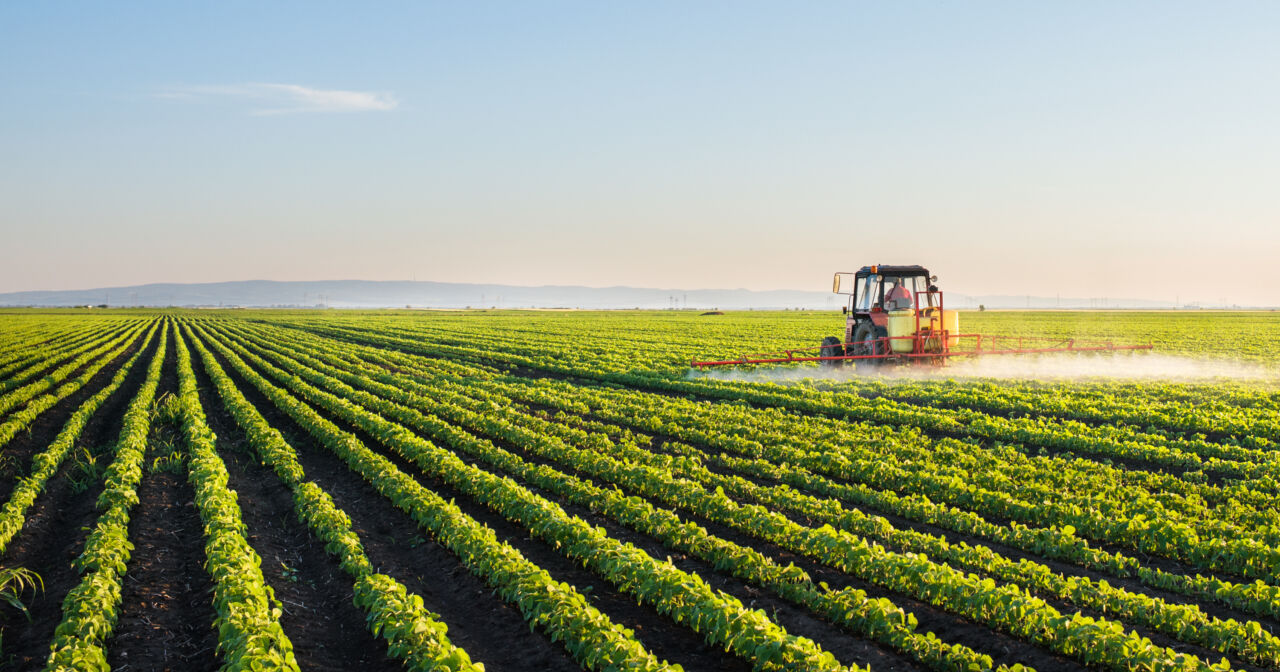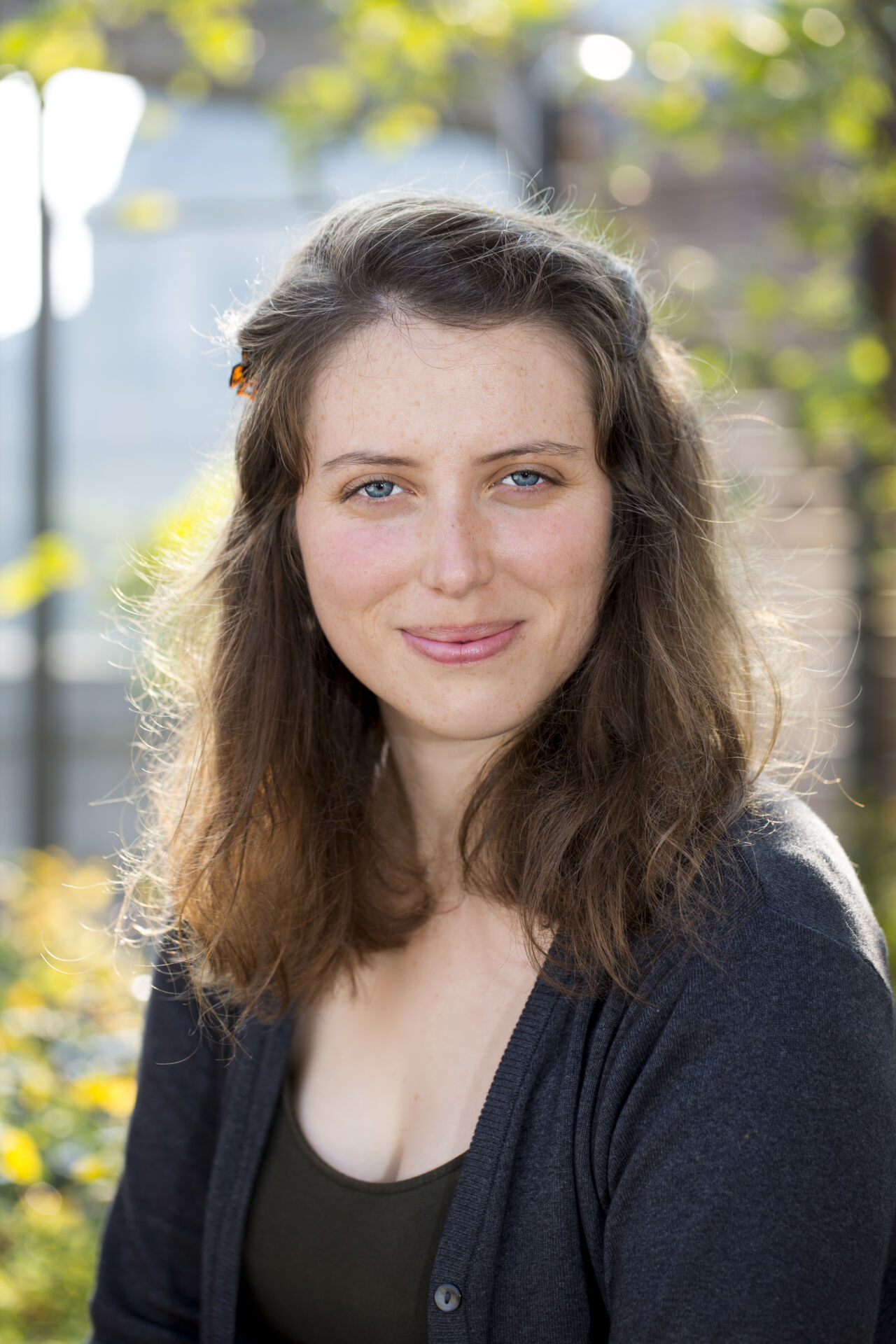Amazing pollinators
What did you have for breakfast today? Cereals? Orange juice? Perhaps some jam on toast? Or just plain coffee? Whatever it was, tiny creatures were involved in its production. They are called pollinators.

The hummingbird hawkmoth. Image: © Martin Breu
Pollinator diversity
- There are approximately 350 000 pollinator species globally.
- 1 in 10 species of terrestrial animals on the planet is a pollinator.
- The great majority of pollinators are insects, including moths, butterflies, bees, wasps and flies.
- Vertebrates comprise a much smaller proportion of pollinators, including birds, bats, lizards and rodents.
- There is even evidence of aquatic pollination of marine seagrass by invertebrate animals.
The importance of pollination
It is currently estimated that animal (and particularly insect) pollination is important to the sexual reproduction of 86% of flowering plants, and that 75% of all fruits and vegetables increase production when visited by animals. About one third of food production requires pollination by animals.
In addition, a majority of wild plant species are directly dependent on animal pollination in order to reproduce. Therefore, pollination ensures survival of plants – and the animals that depend on them – and indirectly supports water purification, flood prevention and soil stabilization. In economic terms, pollination is an ecosystem service valued at 235–577 billion US dollars worldwide each year1. In Switzerland, the estimated value of pollination by wild bees alone is 271 million Swiss Francs per year2.
A quick quiz
Pollinators help us get a varied nutrient-rich diet and not just the calorific value. This sumptuous breakfast is the work of pollinators (apart from cereals). How many different pollination products can you count?

A breakfast table. Image: Adobe Stock
We counted 15! Don't forget the ones hidden in the jam and in the granola bar.
- Strawberry
- Blueberry
- Blackberry
- Raspberry
- Apple
- Currant (jam)
- Honey
- Tea or coffee
- Orange (juice)
- Possibly sugar beet (no clear evidence)
Granola bar:
- almonds
- dried fruits
- cashew nuts
- vanilla
- cocoa
"Don't forget: Cereals are pollinated by the wind"
Not just honeybees
Domesticated honeybees are not the only pollinators. Wild insects provide more efficient and higher quality pollination (leading to higher yield) in a range of global crops. In fact, research in Switzerland shows that pollination and fruit set are highest when crops are visited by both honeybees and wild pollinators. Check out our portraits of pollinators here.

It’s a bee! It’s a wasp! It’s a … fly? Many hoverflies are important pollinators. Some of them even mimic bees! Image: Adobe Stock
Pollinator decline
The number of pollinators is declining at local, regional and global scales. Declines have been reported for bees, hoverflies, butterflies and moths, wasps and vertebrate pollinators. Species with specialized traits or narrow habitat requirements are especially affected.

The rare mason bee requires pollen from more than 1000 flowers of a single plant species just to feed one offspring! Image: Entomologie/Botanik, ETH Zürich/ Albert Krebs, CC license
Why are pollinator numbers declining?
Insect numbers are declining throughout the world. In Germany, flying insect total biomass has dropped by 76% in 27 years3. In Switzerland, there are no data available on the total amount of insects but from 1 153 insect species included in the Red List 60% are threatened or near threatened4. Two main reasons for this decline are climate change and agricultural intensification.
Climate change
Pollinators need flowers to feed themselves and their offspring, plants need pollinators to reproduce. For this exchange to take place, the two parties need to be synchronized i.e. to be around at the same time. Climate change threatens the long-established synchronization of seasonal pollinator activity and flowering time. Temperature, which can be affected by climate change, strongly affects the emergence of pollinating insects after hibernation. When it gets warmer earlier in the year, insects also emerge from hibernation earlier. By contrast, flowering relies heavily on the time of exposure to light, which is not subject to climate change. Thus, pollinators might find themselves critically short of nutrition early in the season due to this mismatch.
Agricultural intensification
Agricultural intensification includes larger, more homogenous fields, fewer crop rotations and cover crops, the removal of hedgerows, field margins and other non-crop areas, fewer flowering weeds and greater inputs of pesticide and fertilizer. These are all associated with a decline in floral resources. A comprehensive historical nectar assessment of the UK revealed that total nectar availability in England and Wales fell by 32% between the 1930s and the 1970s, coinciding with the main period of agricultural intensification and the most rapid phase of pollinator extinction recorded in Britain.

Tractor spraying soybean field. Image: Adobe Stock
Did you know?
Nectar and pollen from flowering plants are the primary energy source for most adult pollinators and in the case of bees, their larvae as well. For pollinators, the main role of nectar is to provide them with sufficient energy to forage, build nests, find mates and feed offspring. Pollen serves an important role in attracting animals. It comprises proteins, lipids, carbohydrates, vitamins and minerals, which are important dietary components, especially for bees in the early stages of colony development. Although nectar has generally been identified as the main resource influencing foraging preferences of pollinators, decisions are also made based upon the quantity and quality of pollen resources.
Importance of floral resources
Floral resources can be described through their four main characteristics which are all important and need to be understood together in order to ensure their suitability for pollinators. These are:
- resource quantity - the total amount of resource available in a landscape
- resource quality or suitability, for example their diversity, nutritional value and accessibility to pollinators
- the spatial arrangement of floral resources, for example their density, how they are distributed between floral patches and habitats and how far pollinators must travel to access them
- the phenology or timing of these resources - whether they are available at the right time of year to match demand from pollinators
References
1IPBES. 2016. The assessment report of the Intergovernmental Science-Policy Platform on Biodiversity and Ecosystem Services on pollinators, pollination and food production. Zenodo. https://doi.org/10.5281/zenodo.3402857
2Fluri P. & Frick R.2005. L`apiculture en Suisse: état et perspectives. Revue suisse d'agriculture, 37(2): 81-86.
3C. A. Hallmann et al. 2017. More than 75 percent decline over 27 years in total flying insect biomass in protected areas. PLoS One12, e0185809. https://doi.org/10.1371/journal.pone.0185809
4Swiss Academy of Sciences 2021. Erster_umfassender_Bericht_zum_Zustand_der_Insekten_in_der_Schweiz https://scnat.ch/en/uuid/i/ef4bcabb-079f-5c00-a8fb-cce85a414549-Immer_stiller_und_eint%C3%B6niger_
Brown MJF & Paxton RJ. 2009. The conservation of bees: a global perspective. Apidologie, 40: 410-416.
Garibaldi LA et al. 2013. Wild pollinators enhance fruit set of crops regardless of honey bee abundance. Science. 339: 1608-1611.
Goulson D et al. 2015. Bee declines driven by combined stress from parasites, pesticides, and lack of flowers. Science. 347 https://doi.org/10.1126/science.1255957.
Klein AM et al.2007. Importance of pollinators in changing landscapes for world crops. Proceedings of the Royal Society B: Biological Sciences. 274: 303-313. https://doi.org/10.1098/rspb.2006.3721
Ollerton J. 2017. Pollinator diversity: distribution, ecological function, and conservation. Annual Review of Ecology, Evolution, and Systematics. 48: 353-376. https://doi.org/10.1146/annurev-ecolsys-110316-022919
Potts SG et al. 2010. Global pollinator declines: trends, impacts and drivers. Trends in Ecology and Evolution. 25: 345-353. https://doi.org/10.1016/j.tree.2010.01.007
Potts SG et al. 2016. Safeguarding pollinators and their values to human well-being. Nature. 540: 220-229. https://doi.org/10.1038/nature20588
Rader RR et al. 2016. Non-bee insects are important contributors to global crop pollination. Proceedings of the National Academy of Sciences of the United States of America, 113, 146-151. https://doi.org/10.1073/pnas.1517092112
Smith MR et al. 2015. Effects of decreases of animal pollinators on human nutrition and global health: a modelling analysis. Lancet. 386: 1964- 1972. https://doi.org/10.1016/S0140-6736(15)61085-6
Smith TJ & Saunders ME. 2016. Honey bees: the queens of mass media, despite minority rule among insect pollinators. Insect Conservation and Diversity. 9: 384-390. https://doi.org/10.1111/icad.12178

